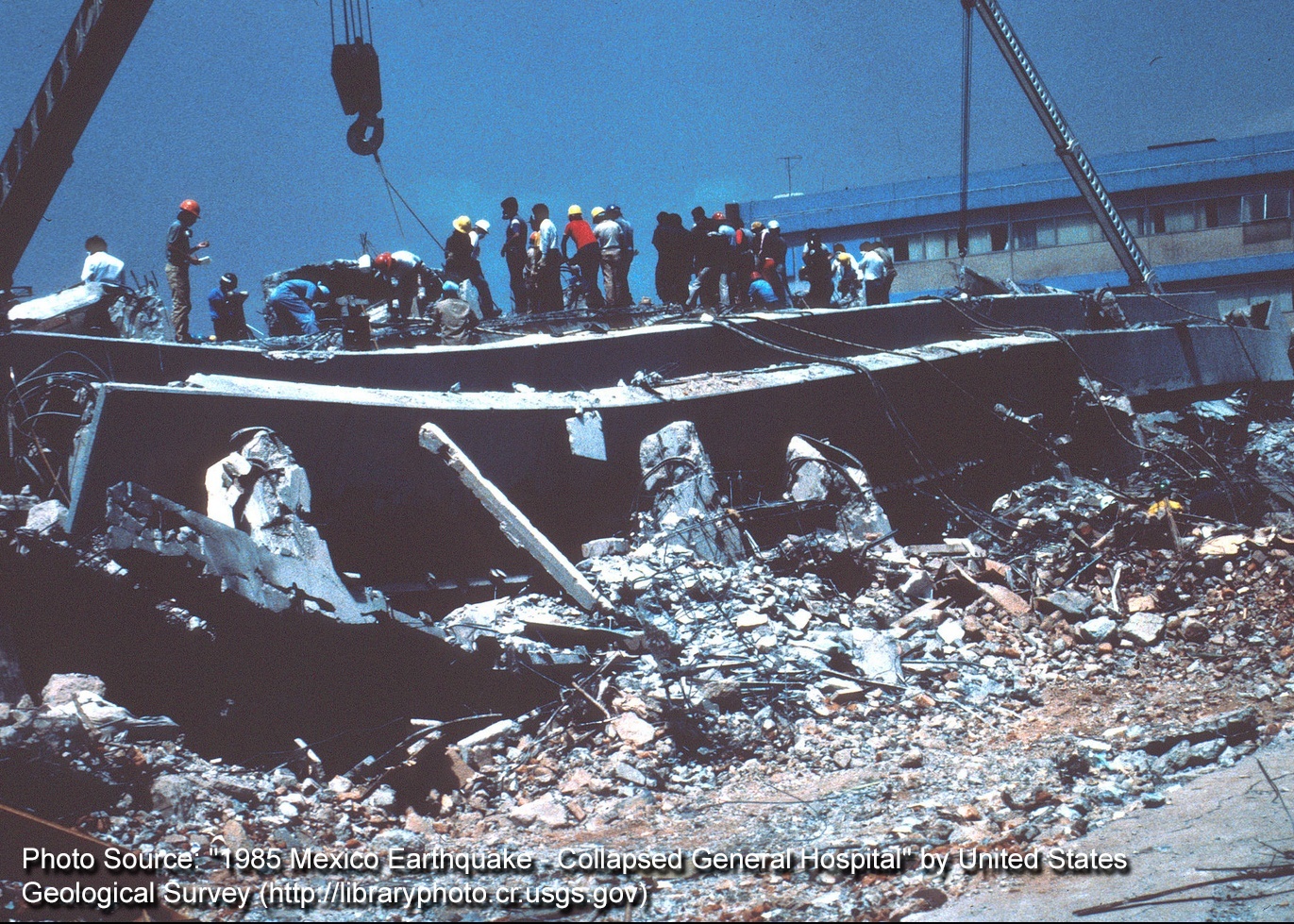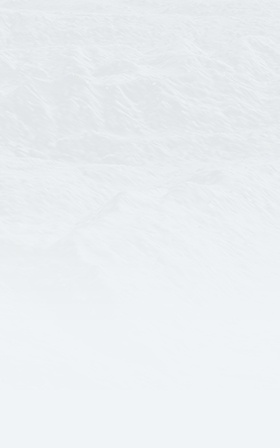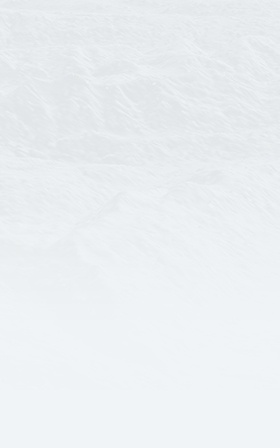This blog post is part 2 of 2 exploring how underwriting leakage manifests itself in the property insurance market. On Tuesday it was rate fluctuations after a catastrophic event. Today, we look at the coverage gap.
To recap briefly, underwriting leakage is the difference between perfection and reality when an underwriter assigns financial conditions on risk. Ideally, there is no difference, but in reality there is always a difference.
The coverage gap is the difference between total economic losses from an event and insured losses. It can be caused by a lack of insurance penetration into a market, a lack of suitable products available, or certain coverages missing from the available products. Here is a recent paper on the coverage gap from Swiss Re (they call it the “protection gap”, but it’s the same thing) that explains it much better. In a perfect world there would be no coverage gap because all the necessary policies would be available at the right price, offering the right coverage. This is the perfect world where there is no underwriting leakage.
For insurers, the coverage gap is both a problem and an opportunity.The problem around a coverage gap is that the risk pool is not optimized. Insurance, from the widest possible perspective, works best when coverage is offered for all risks in a market, including the very low risks. A wide and complete risk pool enables the arithmetic behind business rules to be as precise as possible. Conversely, if there is a coverage gap, there are uncertainties introduced into the math, and someone (usually the policy holder) needs to pay for that uncertainty. As the coverage gap diminishes, underwriting gets more precise.
The opportunity around a coverage gap is obvious: there is not enough coverage being offered. To revisit the 2015 winter storms (Munich Re, page 26), there were $1.8 billion in claims – but the total economic loss was $2.4 billion. This $600M difference is a direct indicator of losses that could have and should have been covered. Another topical (and extreme) example is the 1985 Mexico City Earthquakes, with this commemorative article from Swiss Re on its 30th anniversary. To quote: “The economic damage was estimated at USD 4.1 billion (1985 USD), of which an alarming 88% was uninsured.” A coverage gap of 88%, or $3.6 billion, is staggering. Every dollar of uninsured loss is obviously in need of coverage, and it is a standard and dependable growth strategy for insurers to expand into these uninsured risks. Reinsurers play their part by encouraging primary insurers to move into these gaps, because they then have more opportunity to take on risk from them – this is the reason the literature on coverage gaps is largely published by reinsurers.
The problem and opportunity are linked, and reducing underwriting leakage is both the solution to the problem and the key to the opportunity. Effective risk assessment is a big part of reducing that leakage, and is essential for underwriting a new type of risk, whether it’s a new peril or a new region. With the right risk assessment analytics, underwriters can reduce the coverage gap by offering products better suited to the risks and market conditions. As the opportunity is realized, the risk pool spreads and a constructive circle gets going – as more policies are delivered to a market, the risk pool expands and it gets easier to underwrite even more polices.
Underwriting perfection is, obviously, a fiction. But the reduction of underwriting leakage is possible with more (and better) risk assessment analytics, and that improvement leads to more stable pricing after catastrophic events, wider risk pools, more markets to underwrite in, and, ultimately, more profitable underwriting.

.png?width=500&name=InsitePro4%20(1).png)




Comment Form